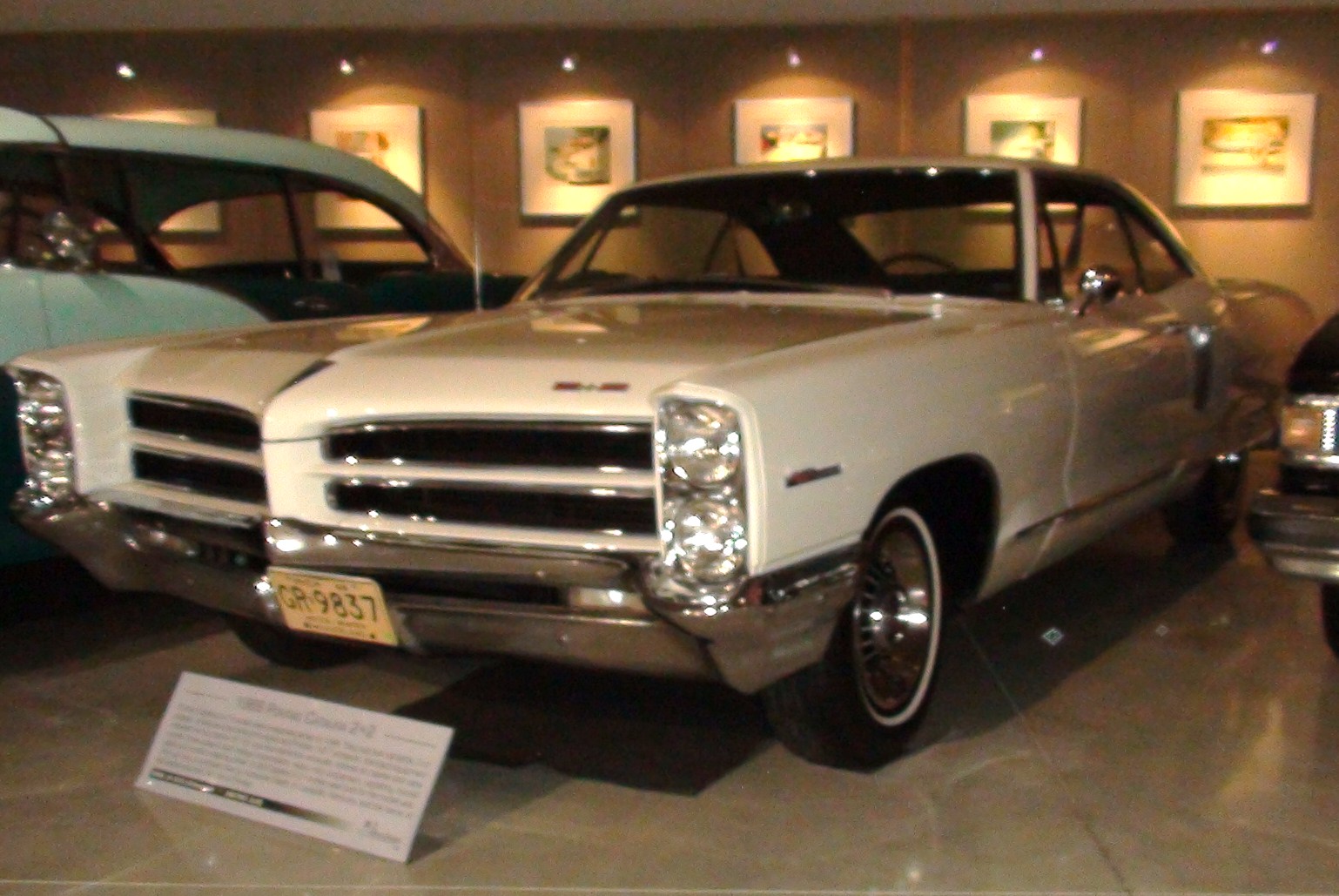Shifting gears: sponsored content's growing pains
I'm completely aware that this article is paid for.
It touts a Rochester, NY automobile dealership, and one employee's love of an heirloom Pontiac. Which we never actually see, because the dealer sponsoring the copy sells Chevrolets.
Nonetheless, I have a quibble or two with it.
Veteran PR practitioners will recognize this ode to Chevrolets as "advertorial." The new term is "sponsored content." If you want to know the price range of a new Corvette, that's about the only newsworthy aspect of the story.
Whatever we call it, I made a good living writing it for a spectrum of clients. Sponsored content, well presented, demonstrates subject matter expertise that creates a halo effect for a client and/or his/her brand.
To be fair, the Gannett Rochester operation labeled this honestly: "This story is produced and presented by our sponsor." Sponsored editorial is how many newspapers are making ends meet.
What's troubling about this? The omission of GM's recent troubles, the most notable concerning the massive ignition-switch failure and recall crisis that focused on the Chevrolet Cobalt and six other Chevy models. You wouldn't expect a PR piece to call attention to this troubling issue, but wouldn't a newspaper better serve its readers by including this in an editor's note?
Also - if you're going to run advertorial, shouldn't the images actually reflect the cars mentioned in the article? In this case, there's a beauty shot of a 1960s era Corvette, but not the 1966 Catalina or the current Z06?
The photos I've sourced and used here took exactly five minutes to locate and post, as well as credit the photographers. They're freely available via Wikimedia Commons, without a license. And their inclusion makes for a more interesting story.
Sponsored content is inescapable. But solid editorial responsibility shouldn't be cast to the side of the road.
It touts a Rochester, NY automobile dealership, and one employee's love of an heirloom Pontiac. Which we never actually see, because the dealer sponsoring the copy sells Chevrolets.
 |
| 1966 Catalina, by Tino Rossini (Flickr: Catalina) [CC BY 2.0 ] via Wikimedia Commons |
Nonetheless, I have a quibble or two with it.
Veteran PR practitioners will recognize this ode to Chevrolets as "advertorial." The new term is "sponsored content." If you want to know the price range of a new Corvette, that's about the only newsworthy aspect of the story.
Whatever we call it, I made a good living writing it for a spectrum of clients. Sponsored content, well presented, demonstrates subject matter expertise that creates a halo effect for a client and/or his/her brand.
To be fair, the Gannett Rochester operation labeled this honestly: "This story is produced and presented by our sponsor." Sponsored editorial is how many newspapers are making ends meet.
What's troubling about this? The omission of GM's recent troubles, the most notable concerning the massive ignition-switch failure and recall crisis that focused on the Chevrolet Cobalt and six other Chevy models. You wouldn't expect a PR piece to call attention to this troubling issue, but wouldn't a newspaper better serve its readers by including this in an editor's note?
 |
| 2015 Corvette Z06 by Tuner tom (Own work) [CC BY-SA 3.0], via Wikimedia Commons |
The photos I've sourced and used here took exactly five minutes to locate and post, as well as credit the photographers. They're freely available via Wikimedia Commons, without a license. And their inclusion makes for a more interesting story.
Sponsored content is inescapable. But solid editorial responsibility shouldn't be cast to the side of the road.